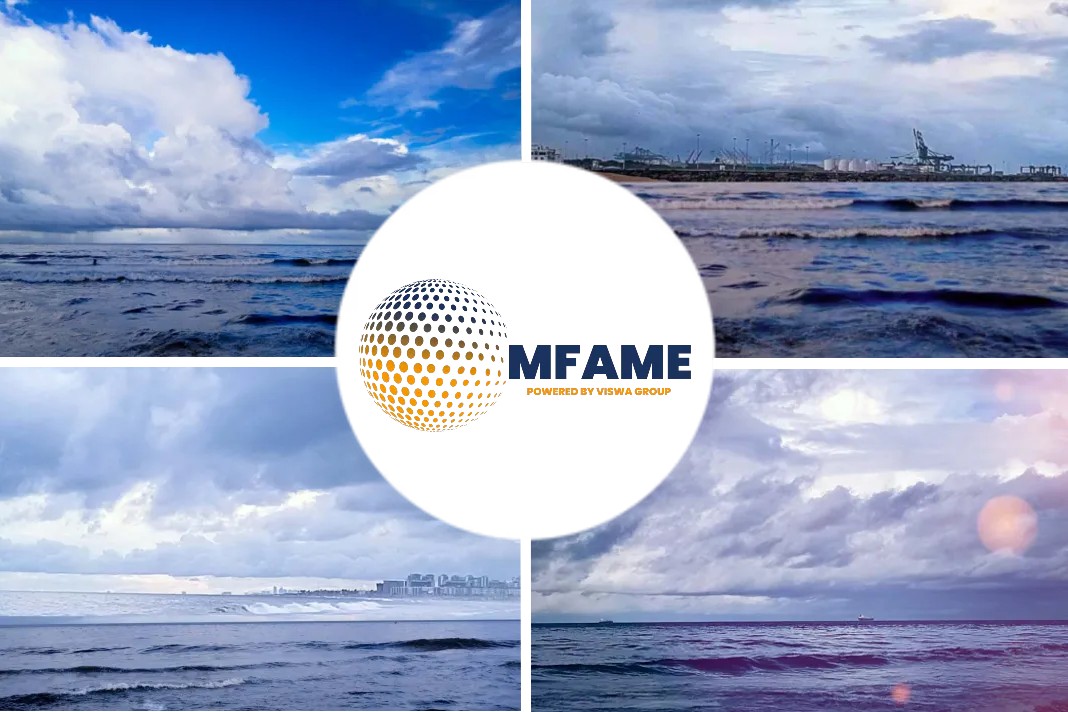
Decarbonizing shipping is like herding cats, and that herd, otherwise known as the International Maritime Organization (IMO), unveiled major new global emission-reduction targets Friday, reports Freight Waves.
Shipping ambiguity
From a future freight rate perspective, it was a win for tanker and dry bulker owners. The uncertainty over future regulations that has stymied newbuilding orders was not only kept in place, it was exacerbated.
“Ultimately, the result is a much more aggressive ‘where’ target, without much additional clarity on the ‘how’ part of the equation,” said Stifel shipping analyst Ben Nolan in a client note on Sunday. “That ‘how’ ambiguity should keep new ship ordering limited.”
For shippers of containerized cargo, Friday’s agreement theoretically increases the risk of much higher freight costs in the future.
Despite pushback from China and other countries, the final IMO agreement included a timetable to develop a global carbon levy. There was “consensus on the need for a GHG [greenhouse gas] emissions pricing mechanism,” said ship brokerage BRS on Monday.
If a global carbon levy is ever enacted, container lines should have a systemically easier time passing the cost along to shippers than bulk commodity vessel operators would. In bulk commodity shipping, there is already a game of hot potato over who gets stuck paying for environmental rules. In the highly consolidated liner business, ship operators could just tack on another customer surcharge.
Did you subscribe to our newsletter?
It’s free! Click here to subscribe!
Source: Freight Waves


















